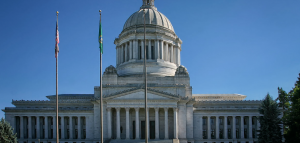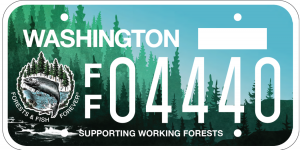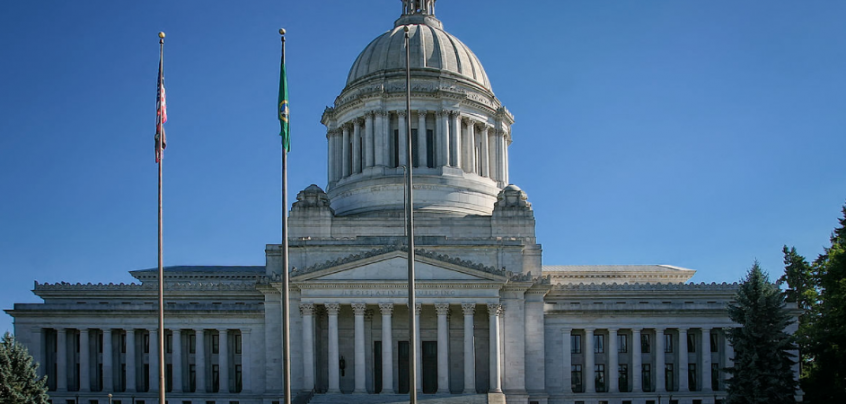A “doozy,” “challenging,” “difficult,” and “at times contentious” were among the words Olympia lawmakers, insiders and journalists used to describe the 2025 Washington state legislative session. Legislators and a new administration began the 105-day session knowing that compromise, debate and tough decisions would be needed to pass a budget in the face of a projected $15 billion budget shortfall.

Washington State Legislative Building.
The 2025 Washington state legislative session concluded with Gov. Bob Ferguson signing the operating, transportation and capital budgets, along with a handful of bills, on May 20th. The departure of long-serving elected officials coupled with new people holding legislative seats and executive offices, including governor and public lands commissioner, marked significant political dynamic shifts. The increased Democratic majorities in both the Senate and House, and departure of more moderate Democrats like Mark Mullet (5thLD – Issaquah) and Kevin Van De Wege (24th LD – Port Angeles) choosing to pursue other elected offices, contributed to this change.
The two-year budget passed by the Legislature is one for the record books; spending grew 8% over the previous budget period and total spending topped out at $77.89 Billion. This represents a doubling of state spending in just 10 years.
To pay for this new budget, the Legislature approved, and the Governor signed, new tax bills that are expected to generate $9.4 billion in new tax revenue over the next four years in addition to cuts.
Among the cuts that will impact the forestry sector is the state’s decision to shrink the wildfire funding by half from $125 per biennium to $60 million. Critics of the decision say the reduced wildfire preparation and prevention funding could lead to “larger and riskier fires” due in large part to the reduction of 120 seasonal firefighters out of 550 and less money for local fire districts and communities to purchase firefighting equipment and mitigate fire threats.

The Seattle Times’ editorial board noted the poor timing of the decreasing the state’s wildland fighting force as the Pacific Northwest region faces forecasts of an “above average” threat of wildfire this season, federal funding cuts impacting the US Forest Service, and fires made more intense from hotter, drier summers.
On the spending side, the largest budget items included public employee collective bargaining agreements, K-12 staff salary inflation, childcare, low-income medical assistance, and long-term care services.
The forestry sector’s ongoing engagement and coalition-building efforts were crucial in navigating a challenging legislative environment. This included hosting the first-ever Forest Products Day on the Capital Camps. That same morning, the Senate recognized the forestry sector workforce with passage of SR 8633. Forest Products Week attracted more than 500 visitors who spoke with the Washington Forest Protection Association members, forestry sector thought leaders, scientific researchers and academics.

Working Forest specialty license plate.
Despite legislative challenges, the WFPA’s advocacy efforts, strategic partnerships, and outreach with lawmakers helped safeguard critical working forest interests. Some key legislative wins for forestry include:
- HB 1389: Extending stumpage value reporting to ensure timber accurate taxation reflects real world conditions.
- SB 5444: Authorizing the creation of 13 new specialty license plates including one recognizing Working Forests. Proceeds from the license plate will help support the Washington Tree Farm program.
As we look forward to upcoming sessions, continued watchfulness and relationship-building remains essential since many misguided policy proposals like an environmental crimes bill and eminent domain issues are expected to reemerge in future sessions.
But despite entering the legislative session with headwinds like a significant budget shortfall, the forestry community leveraged strategic advocacy and bipartisan relationships to achieve meaningful political victories, underscoring the importance of ongoing collaboration and vigilance in state politics.
2025 legislative session by the numbers:
- 105-day session
- 2,905 bills introduced
- 423 bills sent to the Governor’s Office
- $78 billion two-year 2025-2027 operating budget
- $15 billion transportation budget
- $7.3 billion capital budget
